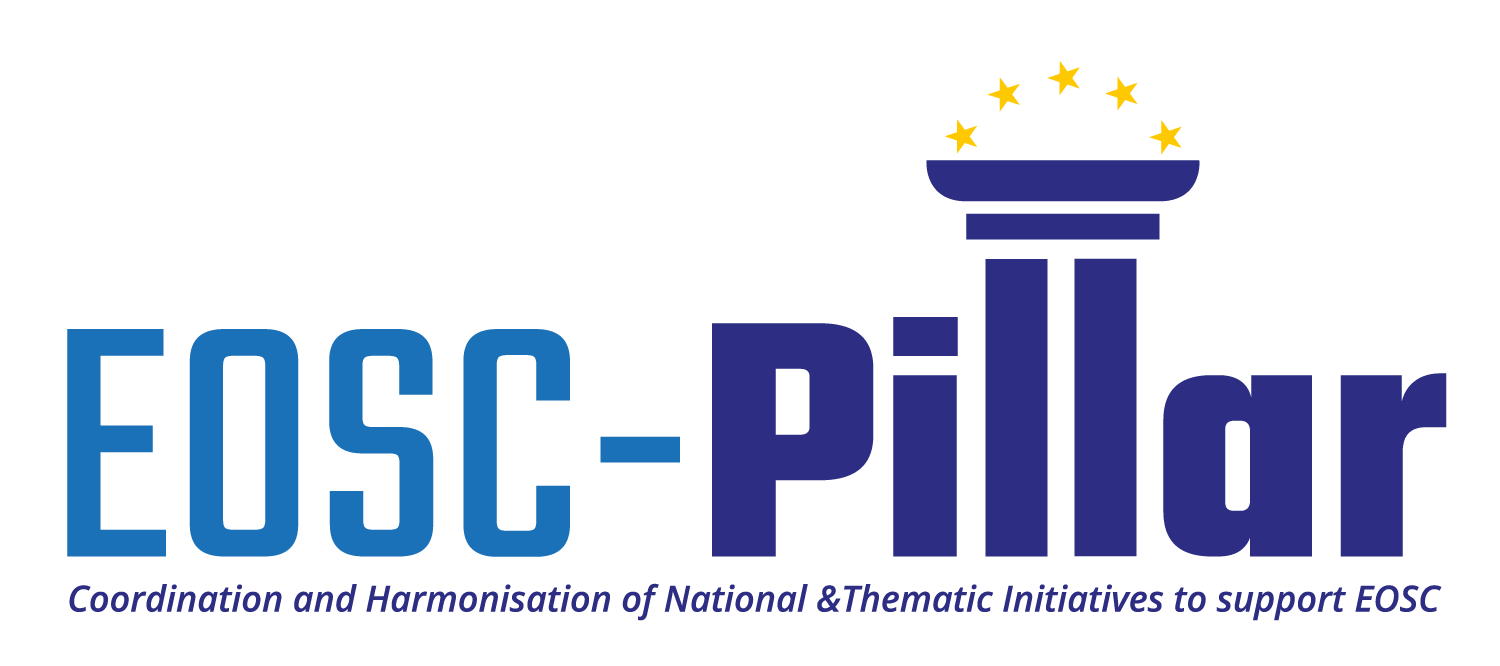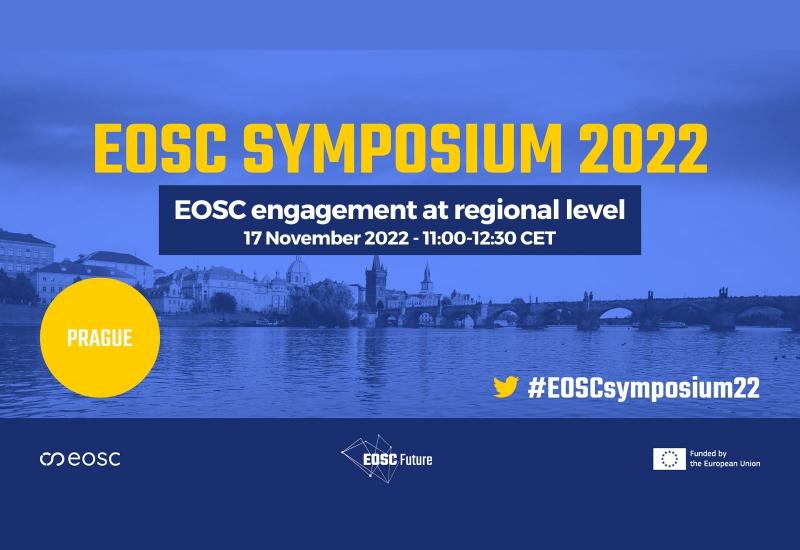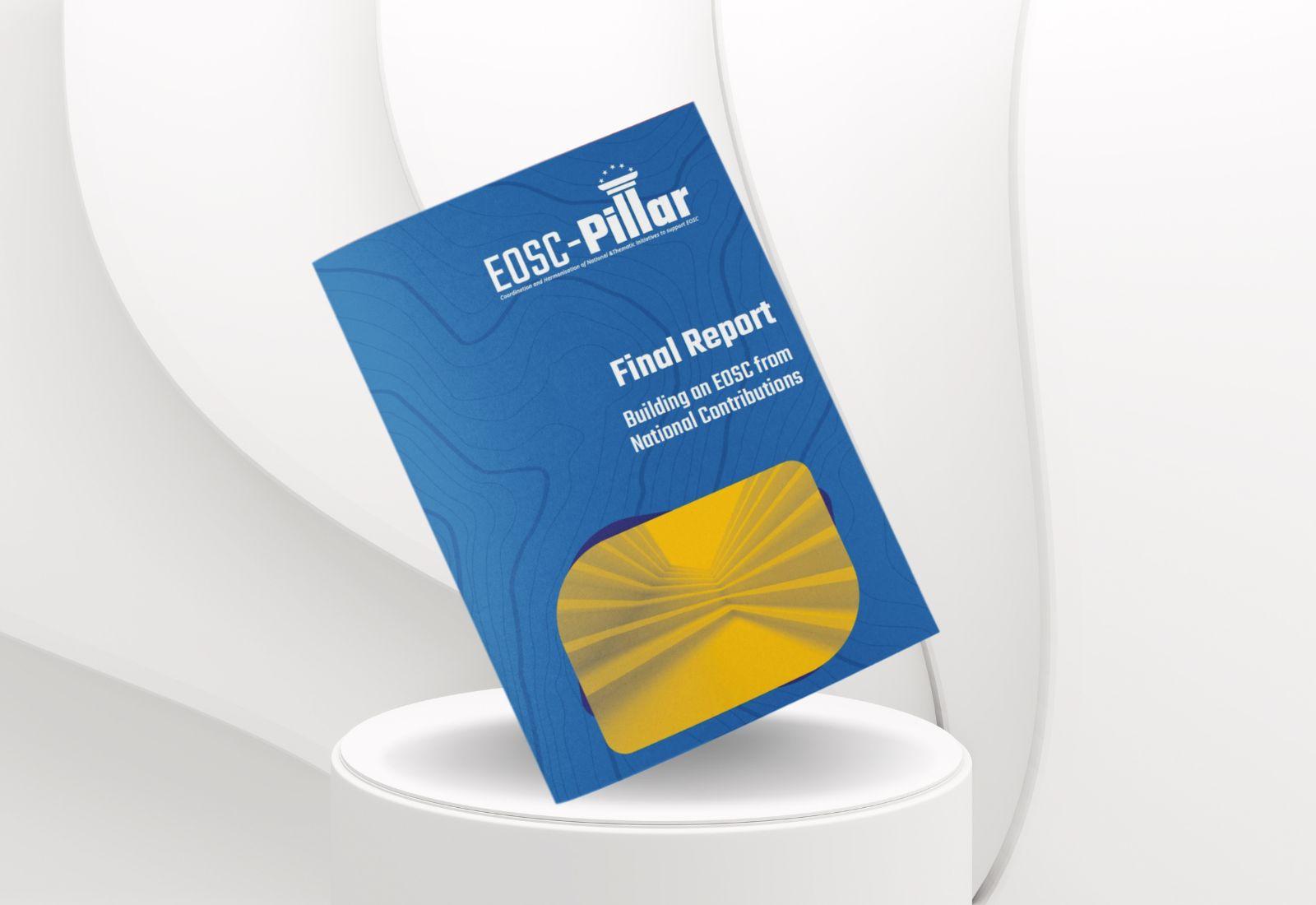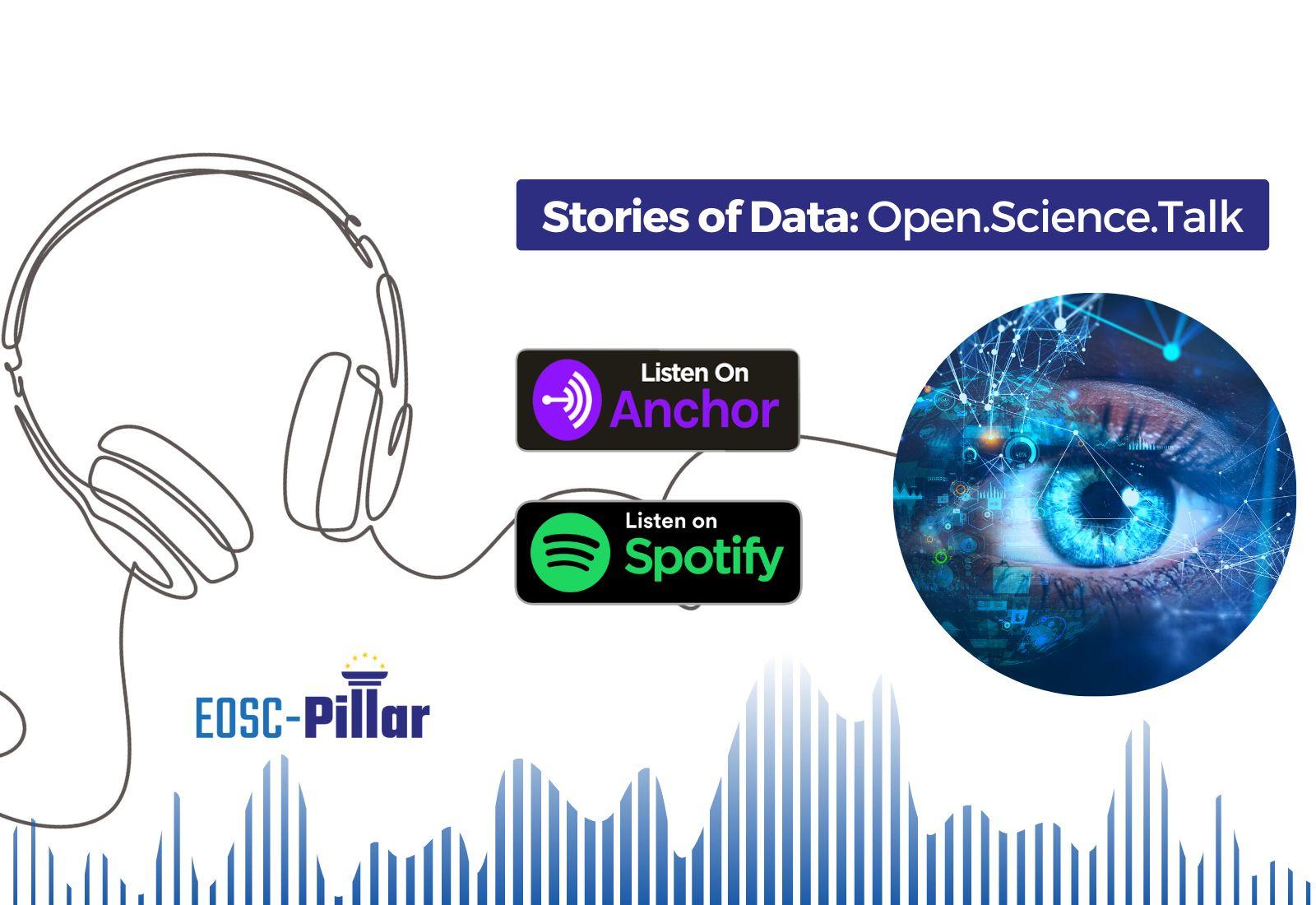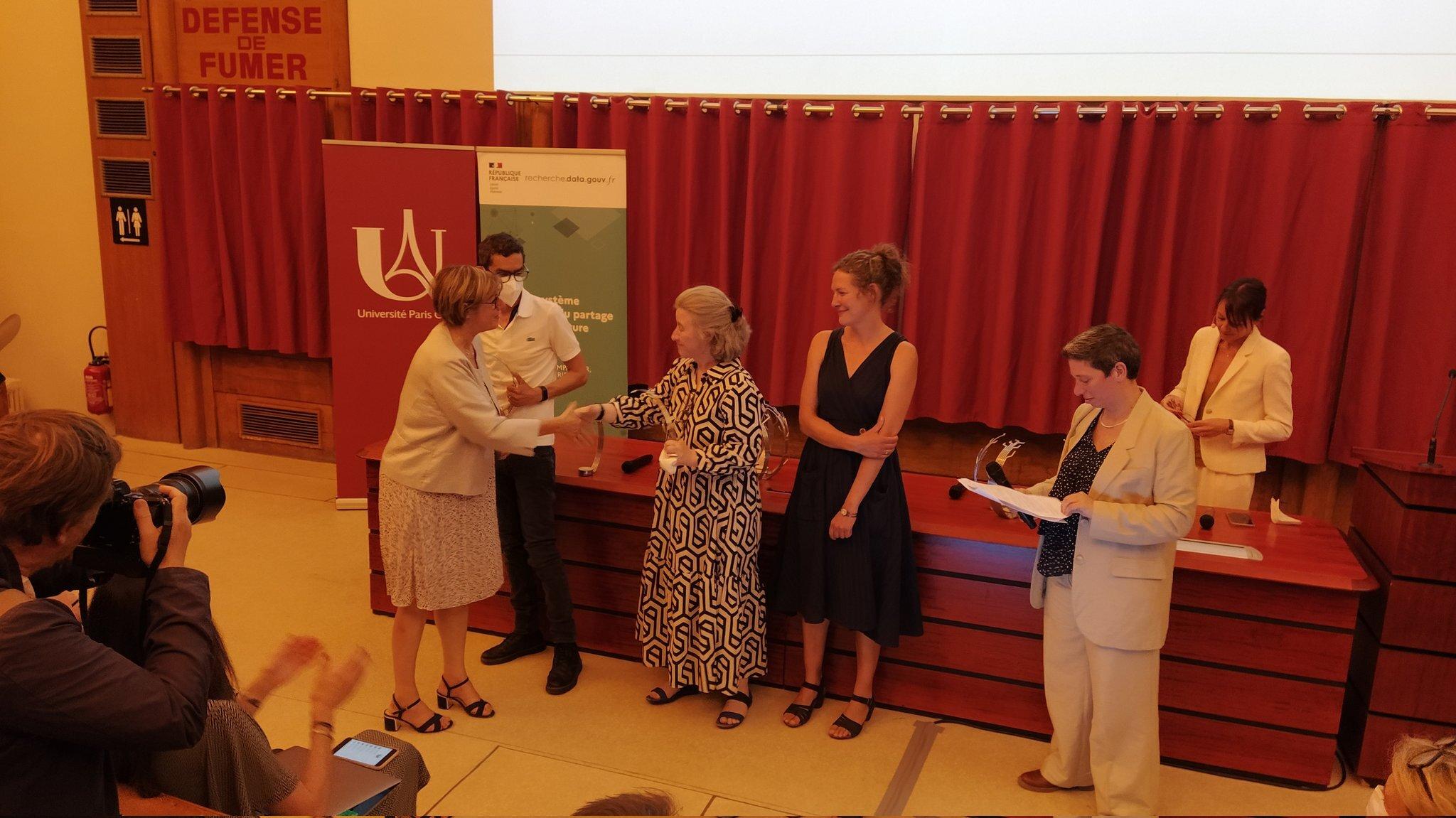
EOSC-Pillar, One Year On
November
27,
2020
Insight
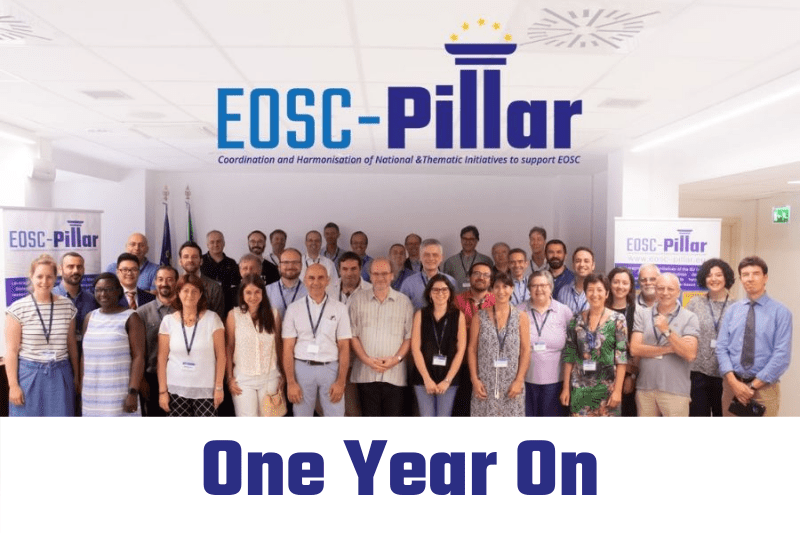
This article is taken from the EOSC-Pillar First Annual Report, you can download the full report here.
Coordinating central-western Europe’s plug-in to the European Open Science Cloud is a challenge. But through the collaboration of key players, the foundations have been established through EOSC-Pillar within its first year.
National Initiatives Survey launched and concluded
Prior to EOSC-Pillar, a cross-country survey of such magnitude has not been done in the past. To achieve this, EOSC-Pillar commenced work on the National Initiatives Survey by defining its survey targets along with other EOSC stakeholders, consulting legal experts on the survey’s legal and ethical implications, and defining the distribution mechanism, eventually reaching over 2,100 organisations across the target countries for the survey.
EOSC-Pillar then developed a technical infrastructure to manage the surveys allowing for fast set-up and reuse by other stakeholders and defined the questions most relevant for the survey objectives. The considerable work has been useful as the survey method and questionnaire were reused by other regional projects, creating synergies and allowing efficiency in building the EOSC.
The survey was rolled out across EOSC-Pillar’s five countries and also served as a grass-roots engagement activity, helping increase awareness of EOSC on an institutional level. The survey results were analysed and presented in a webinar, a promotional video and a summary page on the website. The outcomes helped provide input to the various EOSC Working Groups.
All the findings were then released in the Summary Report of the National Initiatives Survey 1 (D3.1) containing all relevant findings from the survey and serve as information and input to future discussions on EOSC and the research infrastructure landscape, as well as serve the EOSC governance and policymakers in general to sound and evidence-based decision making. This marks the concluding achievement of the first year of the National Initiatives Survey work package.
Synergies established
EOSC-Pillar contributed to the establishment of the Cross-Project Collaboration Board that is now generating synergies between EOSC-Pillar, EOSC Nordic, EOSC Synergy, NI40S-Europe, ExPands, FAIRsFAIR and EOSC Secretariat.
EOSC-Pillar, given its project nature, coordinates closely with the Landscape Working Group (WG) and since the start of the project, it liaised with and supported it.
EOSC-Pillar maintained close coordination with the WG to ensure that the EOSC-Pillar survey and the surveys of the regional projects would provide relevant information to the definition of a European landscape regarding the open science initiatives, while in turn be able to build on the results achieved by the WG.
Setting the foundations for EOSC transnational services
EOSC-Pillar commenced work on the National Service Registry design and contributed to developing a new version Service Description Template (SDT) and improving the EOSC Portal.
The National Registry concept was presented to relevant stakeholders such as the Rules of Participation WG, EOSC- hub and EOSC Enhance, bringing forward the discussion on possible mechanisms for the federation and interoperability between the national registries and the central EOSC Portal. In the end, this will enhance the visibility and findability of national services and on-board them at the European level.
In coordination with EOSC-hub, the Cross-Project Collaboration Board - Onboarding Task Force and EOSC Enhance, EOSC-Pillar has been contributing in discussions on a new SDT and refining the on-boarding processes to ensure that the future national catalogues are fully integrated into the wider EOSC environment. EOSC-Pillar is involved in the requirements gathering for EOSC Portal’s enhancement and will take part in its testing and validation.
Although the EOSC SDT is not final yet, the design and configuration of the National Registry have already started and the Registry will soon start to on-board the Italian community. The Italian registry will act as a proof of concept, and then the activity will move to create the other national instances.
EOSC-Pillar has also started to coordinate internally to kickstart the activities on identifying funding sources and business models to delineate sustainability strategies for the National initiatives and transnational services while liaising with other initiatives and bodies. This activity is expected to lead to a consultation of the national initiatives in July.
Building the FAIR Federated Data Space
EOSC-Pillar aims to establish FAIR data services at the national and trans-national level. To reach the goal by progressively reducing technical, societal and organisational barriers to ensure findability, accessibility, interoperability and re-use (FAIR) of research data considered in EOSC-Pillar.
The architecture of the EOSC-Pillar FAIR Federated Data Space (F2DS) together with its components and tools is designed. The EOSC-Pillar FAIR Federated Data Space will enable unified search and data retrieval over multiple data sets from heterogeneous and distributed community-specific
repositories (i.e. enabling multidisciplinary searches).
F2DS is the unifying data space built by aggregating and enriching datasets from data repositories involved in the different project use-cases. In the first iteration, the F2DS will integrate datasets from INRAE, INSERM, HUMANUM, and IFREMER. More data sets will be added in the future.
The federation is implemented using FDP (i.e. DCAT repository that is searchable through Rest API and SPARQL endpoint.) and with the adaptation and use of existing tools data is made more FAIR.
The goal is to allow data producers to publish their datasets in the F2DS in the simplest and most automatic way possible. A workflow for publishing datasets consists of the following steps: description of the content, description of the APIs for accessing metadata, description of the available datasets, enrichment of the metadata.
The relevant research data management toolset is released for use by the implementers of the repositories in EOSC-Pillar and is described in the EOSC-Pillar report “D5.1 FAIR data management toolset”.
As for training activities, a comprehensive plan of education and training including a catalogue of training resources and stewardship guidelines by partners was developed. D5.3 Training Plan is not static and regularly updated to accommodate the presence at conferences and workshops. Training modules concentrate on different topics: FAIR services and tools, ontologies for specific domains etc.
In addition, the Guidelines of FAIR data stewardship, targeted primarily to data stewards teams and decision-makers, are developed and will be published in the EOSC-Pillar project portal shortly.
EOSC-Pillar has also liaised with other FAIR-initiatives to maximise the uptake of FAIR principles across the research communities.
Moving forward, EOSC-Pillar is in the process of identifying and collating existing ontologies. This exercise will enable the integration of repositories into the EOSC-Pillar F2DS. Already, a survey for ontology collection and harmonisation has started. The goal is to use the ontology to enable mapping of metadata and contribute towards harmonizing the interfaces and ease of use of the F2DS.
Building Blocks Gathered for Use Cases
Within the first year, EOSC-Pillar has delivered on three key results.
The first of which is to identify, in cooperation with the GO FAIR’s CO-OPERAS Implementation Network, use cases in the social sciences and humanities community (SSH) that can be leveraged in EOSC-Pillar.
This resulted in four use cases that underline the variety of SSH practices, initiatives and needs concerning the management of research data have been identified and highlight the transversal and specific needs of researchers in the SSH.
EOSC-Pillar also identified and classified existing tools available for FAIRization (MS25).
At the end of the period, EOSC-Pillar released the State of the Art and Community Needs Report from Use Cases (D6.1) that present “the state of the art” through a cross-cutting analysis to identify commonalities and synergies among the UCs with regards to technical requirements and needs.
The cross-cutting analysis has shown that the UCs can be also demonstrators. Moreover, some technical clusters have been identified such as:
- Data Provenance
- Data Preservation
- Catalogue and on-demand processing
- Link Open Data (LOD)
- Spatio-temporal data
- Virtual Analysis Platform (VAP), Virtual Research Environment (VRE) and Big Data
- Open Source-Science-Data
- Natural Language Processing (NLP)
Progress Towards an Infrastructure Layer
To deliver solutions on how to launch services on real-life computing and data treatment platforms, how to deal with issues resulting from giving access to users from different institutes and/or communities, how to help teams to include their services into the EOSC Portal, the first year was mainly dedicated to evaluating the needs of the communities involved in EOSC-Pillar, and, more specifically, identify what services and infrastructures will be needed by the use cases present in EOSC-Pillar. In addition, EOSC-Pillar has also pushed forward the development of solutions that are going to be needed by a wide variety of projects, such as the provision of Virtual Research Environments (VREs).
Based on the input and by studying existing procedures, a set of recommendations has been put forward on how best to prepare and organise the implementation of new services in the EOSC. Results of this can be found in the reports that accompany milestones Integration and Federation Guidelines
and Procedures to include national services in EOSC.
Concerning the problem of user access management through Authentication and Authorisation Infrastructures (AAI), EOSC-Pillar further developed and successfully tested solutions, which are now ready for integration.
EOSC-Pillar was involved early on in providing solutions to challenges arising from the urgent need to treat data in the context of fighting the COVID-19 outbreak. In a collaboration among partners of EOSC-Pillar, workflows are now being set up allowing the timely analysis to support COVID-19 drug discovery.
Another success of the first year of EOSC-Pillar work was the successful launch of services using heterogeneous computing infrastructures (HPC and HTC) in the context of Galaxy workflow management.
Community Built
Guided by its Dissemination, Communication and Stakeholder Engagement Plan, EOSC-Pillar didn’t waste any time in commencing its engagement activities. The website (2,200+ unique visitors), along with its LinkedIn (130+ followers), Twitter (500+ followers), and YouTube (1k views) channels have been set up from month one and has been building up its audience considerably since.
It organised its first series of webinars including the first public event that saw the regional projects presented together since their launches and organised its first workshop contributing to the topic of EOSC readiness indicators on a national level drawing audiences from across other regional projects and those with interest on the role of national initiatives in EOSC. EOSC-Pillar also identified and established links with the EOSC governance members and other relevant EOSC initiatives (D2.2).
EOSC-Pillar has also actively experimented with interactive multimedia to engage and reach new audiences and disseminate the work and results that the project has produced so far. This can be observed in the up-to-date newsfeed and blog series “Around the Pillar”, interactive data visualisations, beautifully designed print collaterals including roll-ups, flyers and posters, and videos spanning short video pills to live event interviews to explainer videos. EOSC-Pillar’s public documents and deliverables have also gained a fair amount of visibility with almost 400 total downloads.



